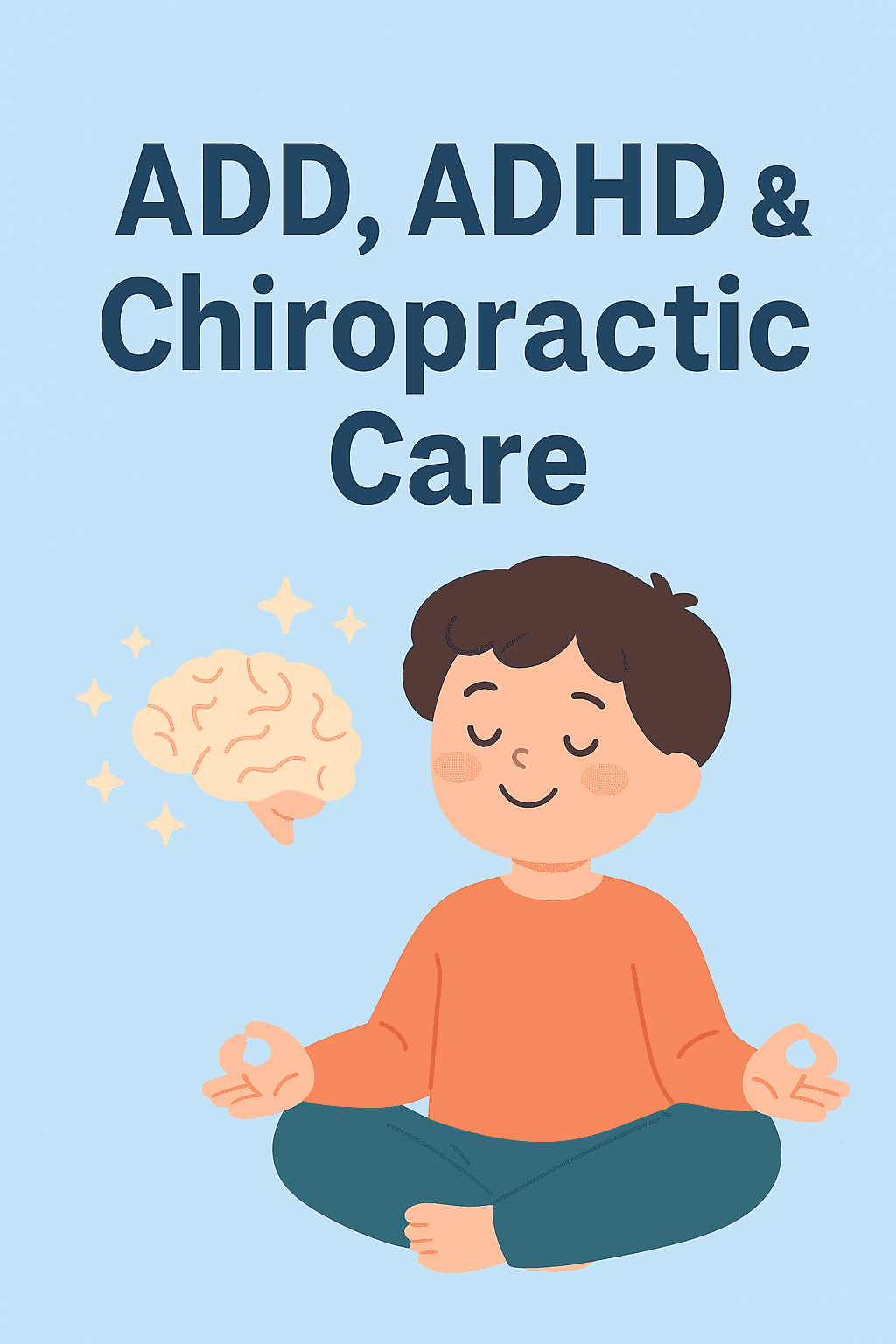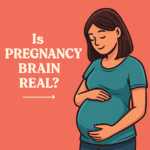There’s More to the Story
If your child has been diagnosed with ADD or ADHD, you’ve likely been handed a combination of medication, therapy, and structured behavioral plans.
But what if the core issue isn’t just attention or hyperactivity?
What if it’s a nervous system that’s been stuck in survival mode for far too long?
At Vital Wellness Center, we believe in digging deeper.
Many of the signs and struggles associated with ADD and ADHD—like impulsivity, trouble focusing, emotional outbursts, and poor sleep—are not just neurological.
They are often neurophysiological, meaning they start with how the nervous system is functioning, not just what the brain is doing.
What Are ADD and ADHD?
Attention Deficit Disorder (ADD) and Attention Deficit Hyperactivity Disorder (ADHD) are commonly diagnosed neurodevelopmental conditions, affecting nearly 6 million children in the U.S. alone (CDC).
Common symptoms include:
- Inattention or zoning out
- Hyperactivity or constant movement
- Impulsivity or emotional reactivity
- Disorganized behavior
- Difficulty completing tasks
Medication is often the first solution offered, particularly stimulants like Ritalin or Adderall.
While these can improve focus temporarily, they don’t address the underlying neurological patterns driving the behavior.
The Nervous System Connection
The nervous system is your child’s internal wiring. It controls everything from emotional regulation and attention span to sleep patterns and digestion.
Kids with ADHD-like symptoms often have a nervous system that is stuck in sympathetic overdrive—better known as “fight-or-flight.”
When the nervous system is stressed, the brain cannot access its higher-level executive functions, which are responsible for:
- Focus and attention
- Emotional regulation
- Impulse control
- Task initiation and memory
What looks like bad behavior or poor attention may actually be a physiological stress response.
Where It Starts: Birth, Early Stress, and Subluxation
We often trace nervous system dysregulation back to early stress:
- Birth trauma or intervention (C-section, forceps, vacuum)
- Colic, reflux, or digestive issues in infancy
- Sensory overload or environmental stressors
Many of these early stressors can create subluxation, or misalignment in the spine, particularly in the upper cervical region.
This area impacts the vagus nerve and brainstem—critical systems for regulating mood, attention, and behavior.
When the spine is misaligned, it interferes with how the brain communicates with the body, leading to:
- Poor sleep and melatonin production
- Increased inflammation
- Weakened gut-brain connection
- Heightened sensitivity and emotional dysregulation
The Chiropractic Approach: Regulation, Not Stimulation
At Vital Wellness Center, we use neurologically focused chiropractic care to assess and restore balance to the nervous system.
We start with INSiGHT Scanning Technology, which allows us to:
- Measure stress within the nervous system
- Assess how well the body is adapting to its environment
- Track communication between brain and body
We then provide gentle, specific adjustments that calm the nervous system, activate the vagus nerve, and reduce neurological interference.
This helps the brain transition from survival mode to growth and regulation mode.
Over time, parents report:
- Improved focus and sustained attention
- Decreased meltdowns and impulsivity
- Better sleep and energy levels
- More emotional regulation and calm
Why This Matters for Your Family
This isn’t about replacing your pediatrician or throwing out traditional support plans.
It’s about adding a missing piece that many families have never been told about.
If your child has tried all the strategies and still feels stuck, it may not be a discipline issue, attention issue, or even a brain issue alone.
It may be the nervous system.
Ready to Look Deeper?
If your child has been struggling with focus, behavior, or emotional outbursts, a neurological scan may reveal what’s been overlooked.
📍 Schedule a Neurological INSiGHT Scan at Vital Wellness Center today and discover how we can help your child regulate, thrive, and get back to being themself again.
Sources:
- CDC – ADHD Data & Statistics
- Porges, S. W. (2011). The Polyvagal Theory: Neurophysiological Foundations of Emotions, Attachment, Communication, and Self-Regulation.
- Haavik, H. et al. (2016). The impact of chiropractic care on function and structure of the nervous system. Journal of Alternative and Complementary Medicine.
- Russell, A. E., Ford, T., Williams, R., & Russell, G. (2016). The association between socioeconomic disadvantage and attention deficit/hyperactivity disorder (ADHD): a systematic review. Child Psychiatry & Human Development



